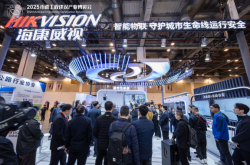Xiaomi Faces Hurdles: Lei Jun's Challenges in the Auto Industry
![]() 05/15 2025
05/15 2025
![]() 639
639
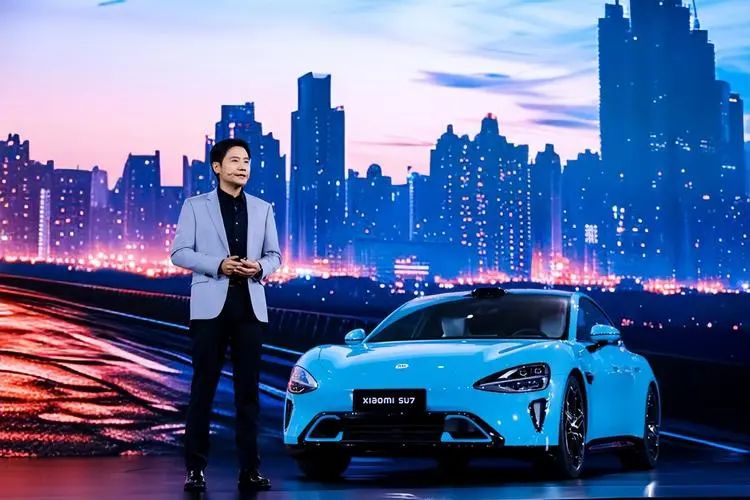
What is the fundamental difference between the automotive and internet industries?
Amidst the buzz, Xiaomi is struggling to keep pace.
On March 27 this year, the Hurun Research Institute released the "2025 Hurun Global Rich List." Lei Jun, aged 56, ranked eighth in China with a fortune of RMB 220 billion, marking a 114% increase from last year, and 50th globally, up 91 positions. This is the first time Lei Jun has entered China's top ten.
Behind Lei Jun's substantial wealth growth lies the rapid ascent of Xiaomi Automobile, which still holds over a hundred thousand orders a year after its launch. According to publicly released "April 2025 National Passenger Car Retail Sales Ranking" data, Xiaomi SU7 topped the sales chart for the "price segment above RMB 100,000" in the Chinese automotive market that month, regardless of model or energy form.

Many in the automotive industry initially believed Xiaomi's popularity would be fleeting, ultimately relying on its industry accumulation. However, they didn't anticipate Xiaomi Automobile's splash, and those who once advised Lei Jun to halt now worry about sustaining sales.
Is Xiaomi Automobile ahead? Far from it. In fact, the real test has just begun after its popularity surge. Managing delivery and after-sales service, and balancing innovation with safety, are challenges where the fast rules of the internet era clearly do not apply in the automotive industry.
Moreover, Xiaomi Automobile's sales have declined for three consecutive weeks.
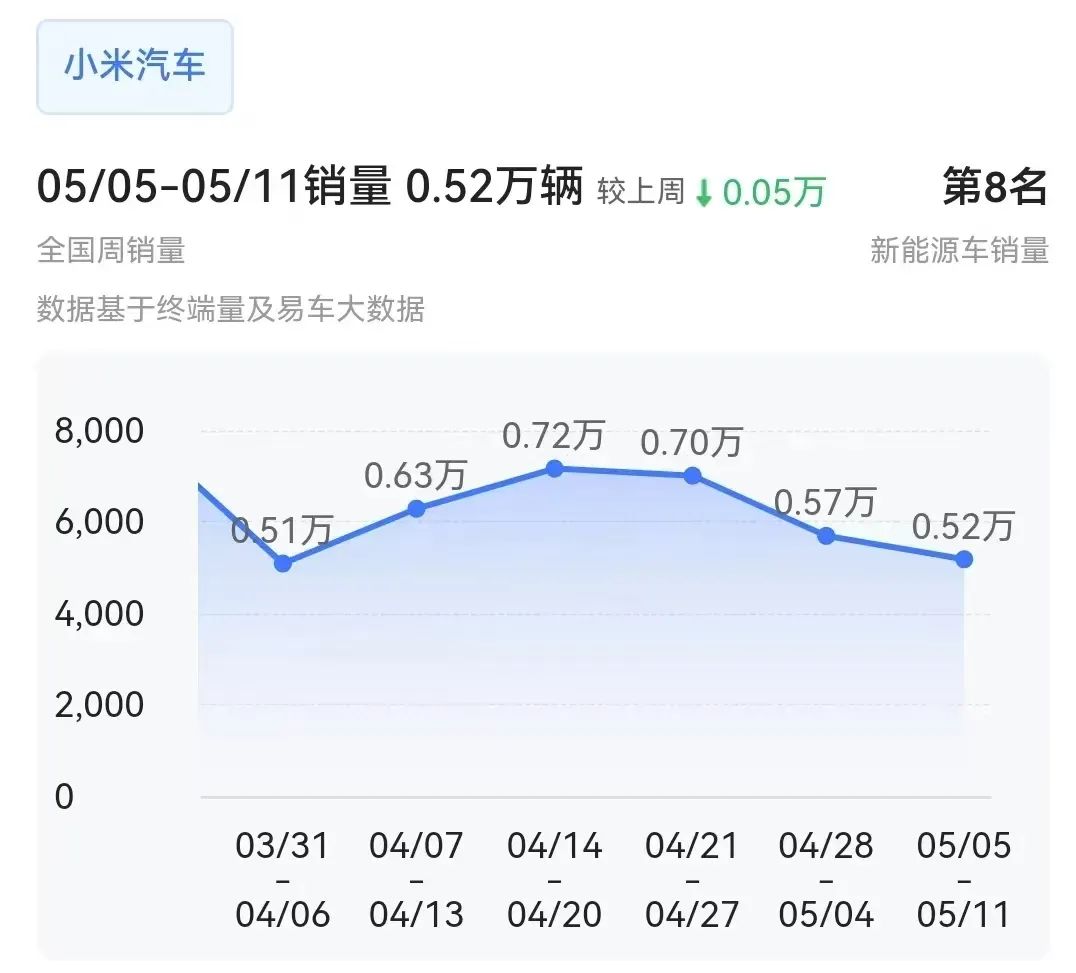
On May 10, Lei Jun, founder, chairman, and CEO of Xiaomi Group, posted on his personal Weibo account, "The past month has been the most difficult since founding Xiaomi. My mood has been low, and I've canceled meetings, business trips, and temporarily stopped social media interactions." This is Lei Jun's first public statement since the Anhui highway accident involving Xiaomi SU7, reflecting Xiaomi Automobile's severe situation.
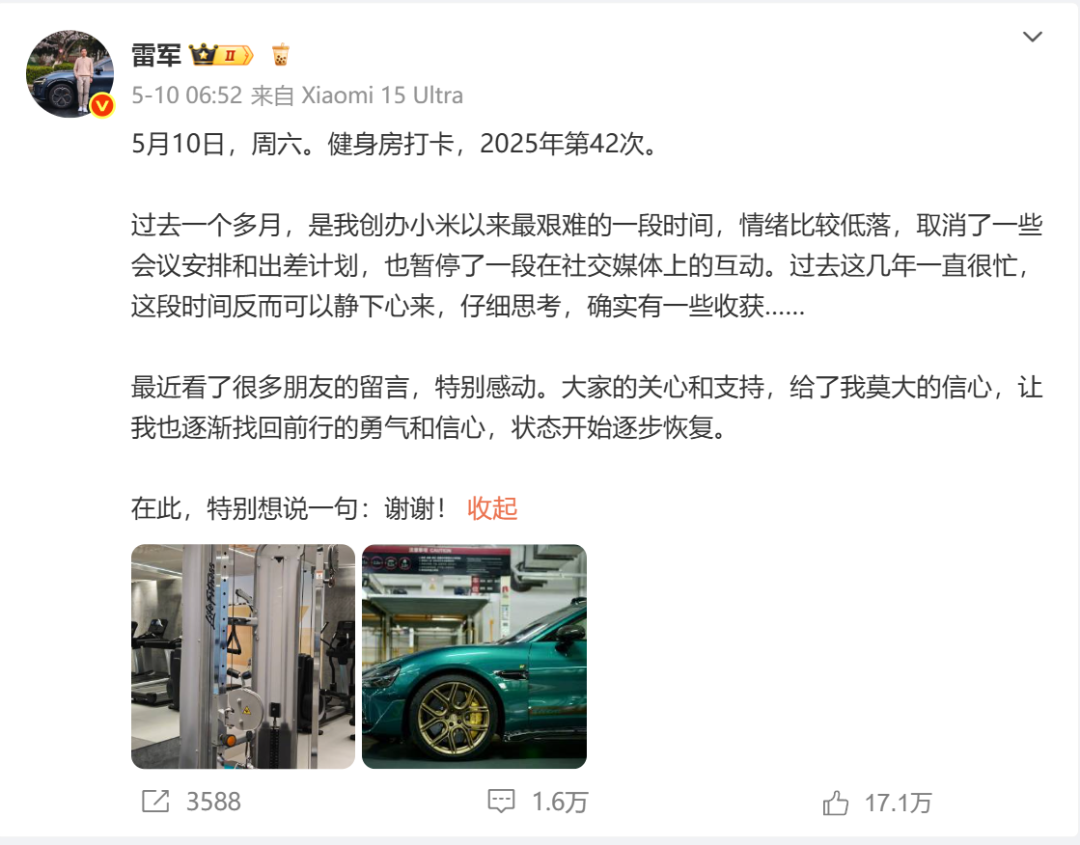
Source: Weibo @Lei Jun
The cause of the tragic Anhui highway accident involving Xiaomi SU7 is still under investigation, but most users have begun scrutinizing intelligent driving safety and standardization. Phrases like "hands-off driving" and "zero takeovers in multiple scenarios" are now cautiously used by automakers, adopting unified terms like assisted driving or intelligent assisted driving instead. Xiaomi, having just experienced a major accident, naturally became the center of controversy. Did its "excessive and misleading promotion" prompt the switch to assisted driving?
Additionally, Xiaomi has recently been involved in other public opinion incidents.
01. Horsepower Speed Limit Incident
The Ultra model, which made Xiaomi a giant in the new energy vehicle market, brought immense traffic but also trouble. Recently, Xiaomi SU7 Ultra updated its infotainment system to version 1.7.0. The new version optimized driving safety protection functions, limiting the vehicle's top speed and power when the account is not logged in. Meanwhile, a ranking mode full-speed assessment was added, requiring owners to achieve the official recommended lap time on a designated track to unlock the maximum horsepower of 1548.
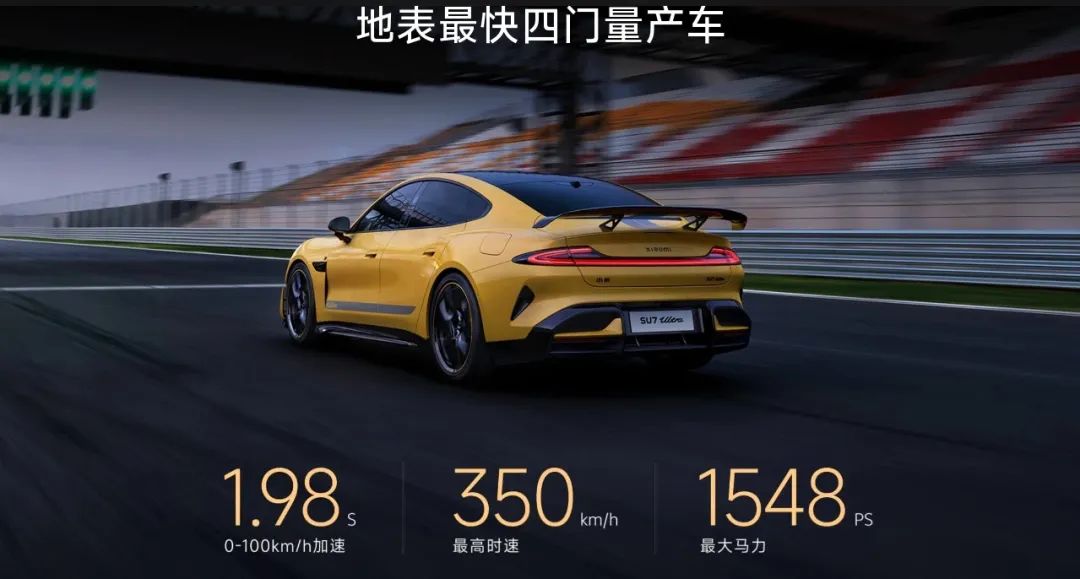
This adjustment quickly sparked dissatisfaction among existing car owners. Some metaphorically compared it to buying a top-of-the-line computer but needing to pass an exam to use the graphics card. Moreover, Xiaomi SU7 Ultra's "horsepower lock" is mandatory, leaving owners with no choice. The only way to unlock performance is to achieve a qualified lap time on a closed track certified by Xiaomi. This "hard control" mechanism has unexpectedly fueled a gray industry of "proxy lap running," resembling real-life "game boosting."
Theoretically, limiting horsepower for non-professional use in Xiaomi's high-performance vehicle is reasonable, as over 1000 horsepower would be wasteful on most roads with a 120 km/h speed limit. However, this horsepower speed limit smells of a unilateral post-facto contract adjustment, leaving consumers feeling cheated after paying for high horsepower.

From the current industry situation, there are two main approaches to handling high horsepower. One is Tesla's "parental control," where the owner decides on speed limits and mandatory safety systems, giving the initiative to the user, who is also responsible for any accidents. The other is the Japanese model, where cars like the Nissan GTR retain a track mode but "gradually open up" features. Xiaomi seems to follow a similar path, but did not disclose these restrictions during the launch event, leading users to question if they received a "castrated version."
In Europe, with a strong automotive culture, there are also restrictions on high-performance vehicles. For example, from 2024, all new cars in the EU will be mandatorily equipped with an Intelligent Speed Assistance (ISA) system. This system uses cameras, GPS, and map data to identify road speed limits in real-time and issue warnings or restrict vehicle acceleration when the driver exceeds the limit, aiming to reduce accidents and casualties.
The key issue isn't that users oppose limiting horsepower; it's that Xiaomi didn't advertise this beforehand and lacked communication afterward, damaging user rights. Xiaomi cannot be both the "seller of the knife" and the one who "takes it back."
Recognizing the issue, Xiaomi Automobile responded in a post titled "Answers to Questions You Care About" on May 7: "It is indeed inappropriate, and we have suspended this push. We deeply apologize." Xiaomi Automobile stated that after receiving feedback, they suspended the push. For a small number of users who had already upgraded, the issue will be resolved in the next version update. Xiaomi Automobile has begun developing and testing the new version, expected to take 4-8 weeks, subject to official Xiaomi notifications.
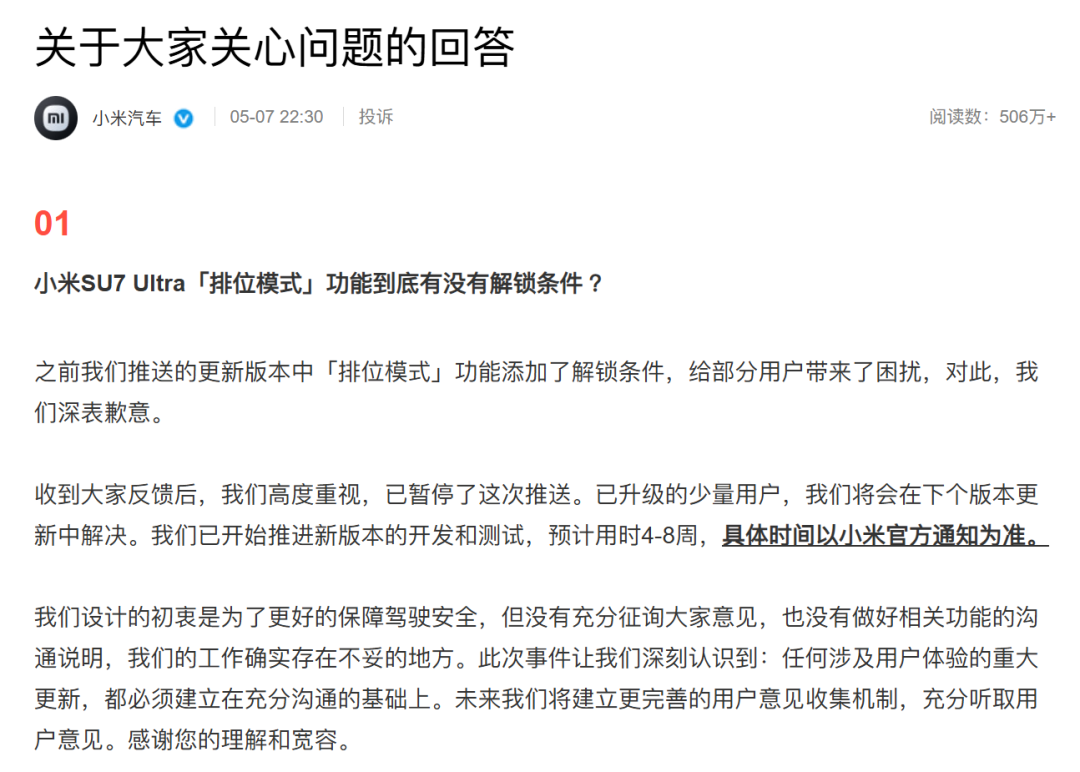
Source: Weibo @Xiaomi Automobile
The horsepower speed limit incident temporarily ended with Xiaomi's apology and user grumbling, but another "carbon cover incident" persists.
02. Carbon Cover Incident
When the Xiaomi Su7 Ultra prototype set a record of 6 minutes and 46 seconds on the Nürburgring Nordschleife last October, crowning it as the "fastest four-door car in the world at the Nürburgring," it garnered unprecedented attention and heat across the internet. Especially after Lei Jun held a special conference to introduce the prototype's capabilities, it planted the idea in many minds that Xiaomi had high-performance vehicles.
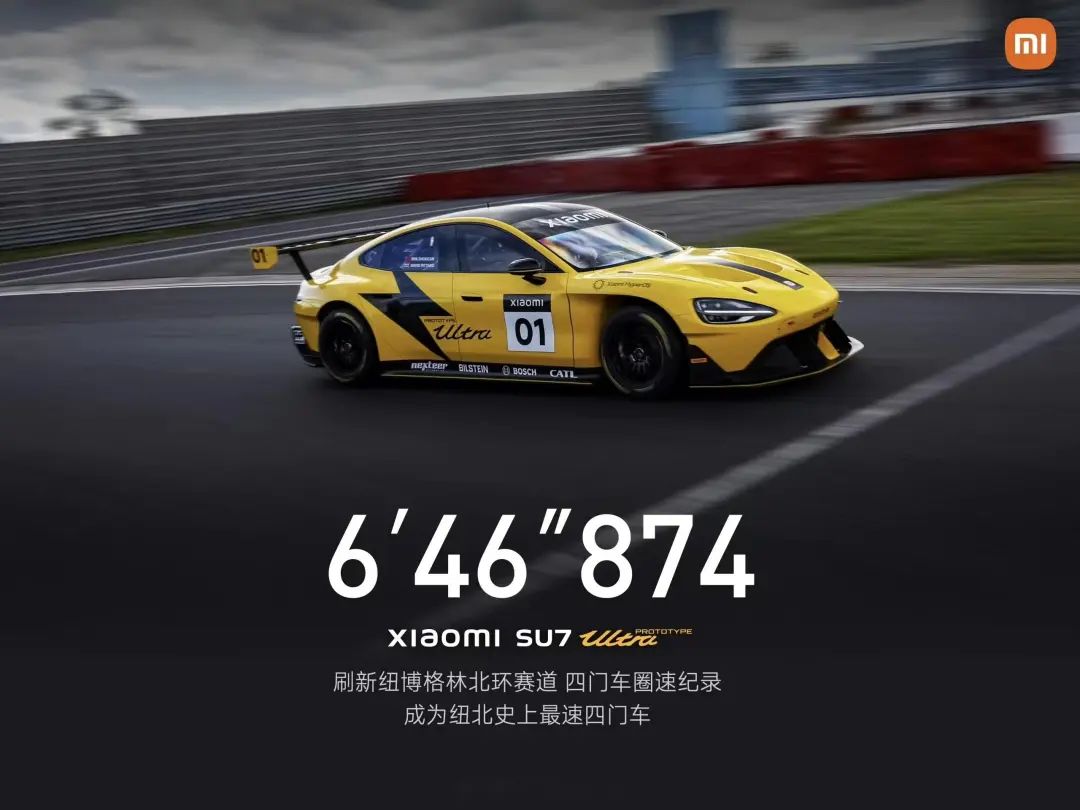
Lei Jun stated at the conference: Xiaomi Automobile originally didn't plan to provide the carbon fiber dual-airway front hood equipped on the prototype that set the Nürburgring Nordschleife lap record on mass-produced models. However, the prototype's performance on the Nürburgring attracted huge attention, and user demand peaked towards the end of last year. There was intense debate within Xiaomi Automobile about providing the carbon fiber dual-airway front hood, and he himself was hesitant. But ultimately, he decided to proceed with development, delaying the delivery schedule for mass-produced vehicles with this feature.

Under normal circumstances, most would assume the Xiaomi Su7 Ultra should be very similar to the prototype, especially since the carbon cover version costs over RMB 40,000 more and requires extra weeks of waiting. Now, telling users there are differences and the products aren't identical naturally angers those who chose the top-spec version specifically for the carbon cover.
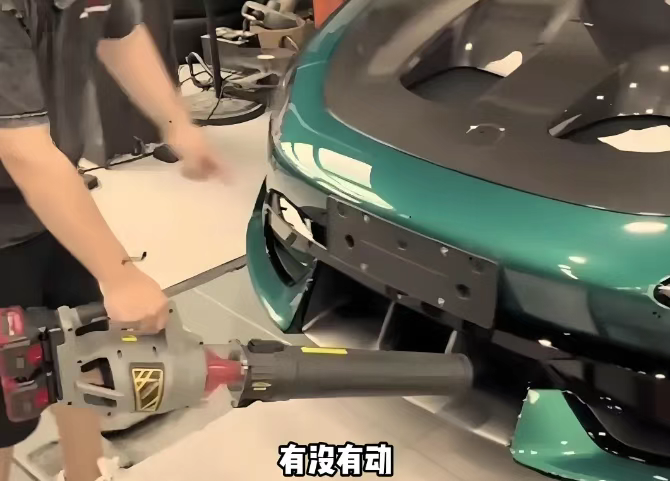
On May 7, Xiaomi Automobile explained the carbon fiber dual-airway front hood issue on its official Weibo account in a Q&A format. They attributed the problem to "unclear information expression": The carbon fiber dual-airway front hood, besides replicating the exterior design, also provides some airflow "export" and assists in front compartment cooling.
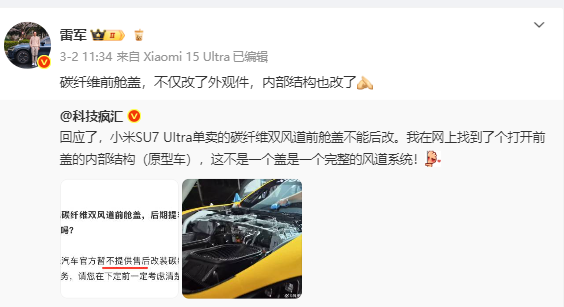
Source: Weibo @Lei Jun
In the Q&A with users, Xiaomi Automobile provided optional solutions for all owners who opted for the carbon fiber dual-airway front hood: For undelivered orders, Xiaomi offers a limited-time modification service, allowing a change back to an aluminum front hood; for owners who have already picked up their cars or selected the carbon fiber dual-airway front hood before the end of this limited-time modification period (before 23:59:59 on May 10), they will receive 20,000 points (equivalent to RMB 2,000).
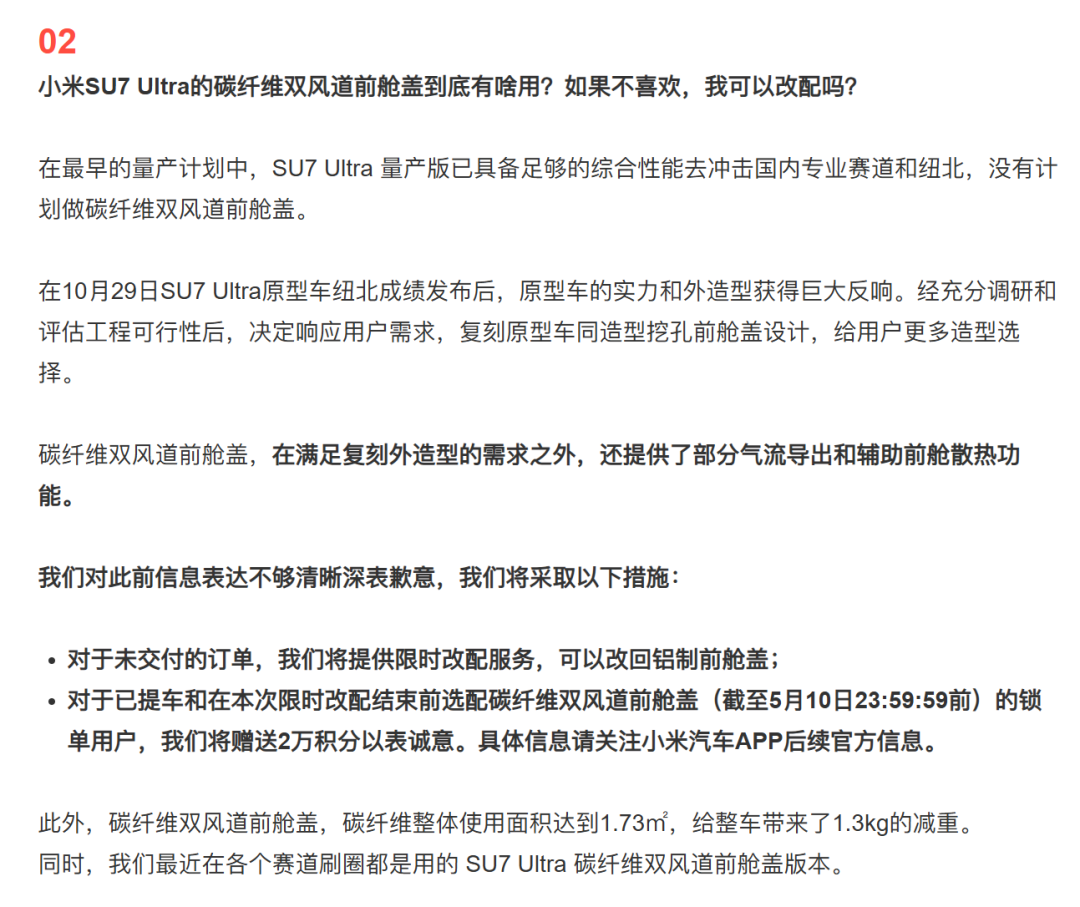
Source: Weibo @Xiaomi Automobile
However, a group of owners remain dissatisfied. Recently, over 30 prospective Xiaomi SU7 Ultra owners protested outside a Beijing delivery center with signs reading "false advertising." Over 300 owners have formed a rights protection group, holding order screenshots and mobile phone videos, shouting "refund and triple compensation," and even hiring lawyers to initiate a class action lawsuit.
Some owners insist on returning their cars, and Xiaomi proposed a car return plan to some on May 12. The plan essentially states: Orders applying for a return will not continue production, invalidating the originally estimated delivery period. If they wish to continue receiving their cars, they can communicate within 60 days to resume production. If there's no communication beyond 60 days, it will be deemed they have no intention to receive the car, and matters regarding order cancellation will be negotiated.
However, this 60-day wait for a return obviously cannot satisfy some owners, giving it the appearance of a "cooling-off period for divorce." Additionally, it's worth noting that most of these rights-protecting owners are not demanding triple compensation based on the over RMB 500,000 price but rather triple the RMB 20,000 deposit. This is because most owners have yet to receive their Xiaomi Su7 Ultra carbon cover version.
Well-known car reviewer Chen Zhen retweeted two related videos, with another video showing an owner comparing the front compartment structure of the perforated and regular versions of the SU7 Ultra in a teardown video, drawing two conclusions: First, whether perforated or not, the front compartment structure and air duct are basically the same, with the perforated version only having an additional cover weighing about 9.5 kg; and the non-perforated version of the SU7 Ultra can be professionally modified to become the perforated version. Chen Zhen agreed with both conclusions.
However, Chen Zhen faced personal attacks from some extreme Xiaomi fans, who believed he was stirring up trouble and making false statements. In anger, Chen Zhen even switched his long-time Xiaomi phone to a Samsung phone. It seems today's car owner rights protection involves not only dealing with automakers but also engaging in wits and courage with some extreme fans. These extreme remarks often damage Xiaomi's public image, subtly associating with the brand.
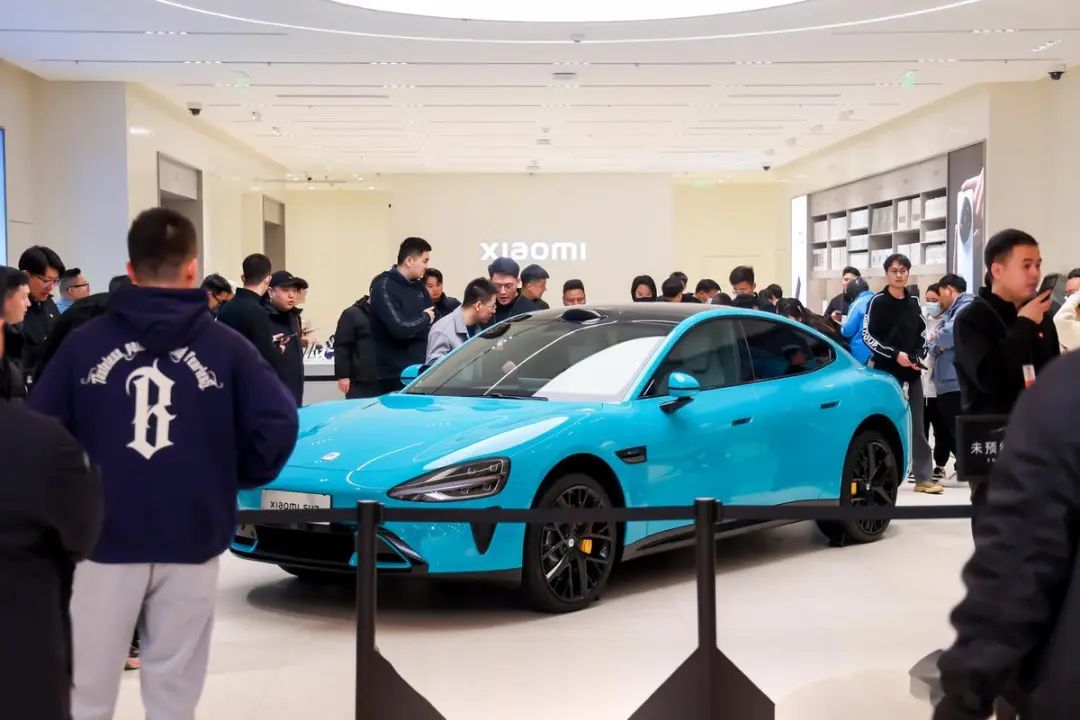
Amidst multiple crises, Xiaomi Automobile's April deliveries decreased by 3%-4.25% month-on-month, marking the first negative growth. In the eyes of extreme Xiaomi fans, this may just be a "technical adjustment," but for Lei Jun, handling these matters has made him somewhat tired.
Xiaomi fans built Xiaomi, but they also limit it.
In recent years, entrepreneurs from various fields have tried to create entrepreneur IP, hoping to help their companies build their image and save marketing costs. Achieving an expansion effect would be even better. But when it comes to playing the entrepreneur IP game, or even removing the qualifier of entrepreneur, it's unlikely anyone can outdo Lei Jun, this ancient internet celebrity.
In the book "Xiaomi Entrepreneurial Thoughts," Lei Jun emphasized that in the 12 years since its inception, Xiaomi has focused on a singular mission: leveraging internet thinking and methods to revolutionize traditional manufacturing, deepening the integration of "internet + manufacturing," and sparking an efficiency revolution in the business world to maximize user benefits and socio-economic efficiency.
Lei Jun has also previously expressed his desire to emulate Costco. Costco's strength lies in its robust membership model, which delineates a specific user group and fosters a mutual trust relationship centered on creating value for this group. This "trust" relationship serves as a navigational beacon for Xiaomi as it ventures into diverse industries, guiding it as long as users maintain faith in Xiaomi and the company continues to generate and return value to its user base.
When times are favorable, fan enthusiasm can propel a product's popularity; in adversity, it can serve as a "lever" to reverse negative perceptions when a product encounters challenges. This extreme fandom, which brooks no criticism, even from car owners, underscores the passionate loyalty Xiaomi inspires.
Some may wonder why, whenever Xiaomi encounters issues, the public turns to Lei Jun's Weibo account instead of the after-sales or public relations departments. The answer lies in the fact that Xiaomi is almost synonymous with Lei Jun. Many may know little about Xiaomi but are intimately familiar with Lei Jun's entrepreneurial journey, his humble demeanor, coding prowess, and marketing acumen, all wrapped in a 6-foot frame.
The reason is straightforward: For many, Xiaomi and Lei Jun are inextricably linked. While not universal, there are indeed Xiaomi fans who purchase Xiaomi products with the same fervor as fans cheering for their idols. At the very least, they trust Xiaomi's cars because they trust Lei Jun. Of course, Lei Jun cannot be held accountable for everything, but the widespread perception that "Xiaomi = Lei Jun" as an extension of an entrepreneur's personal brand inevitably encompasses him.
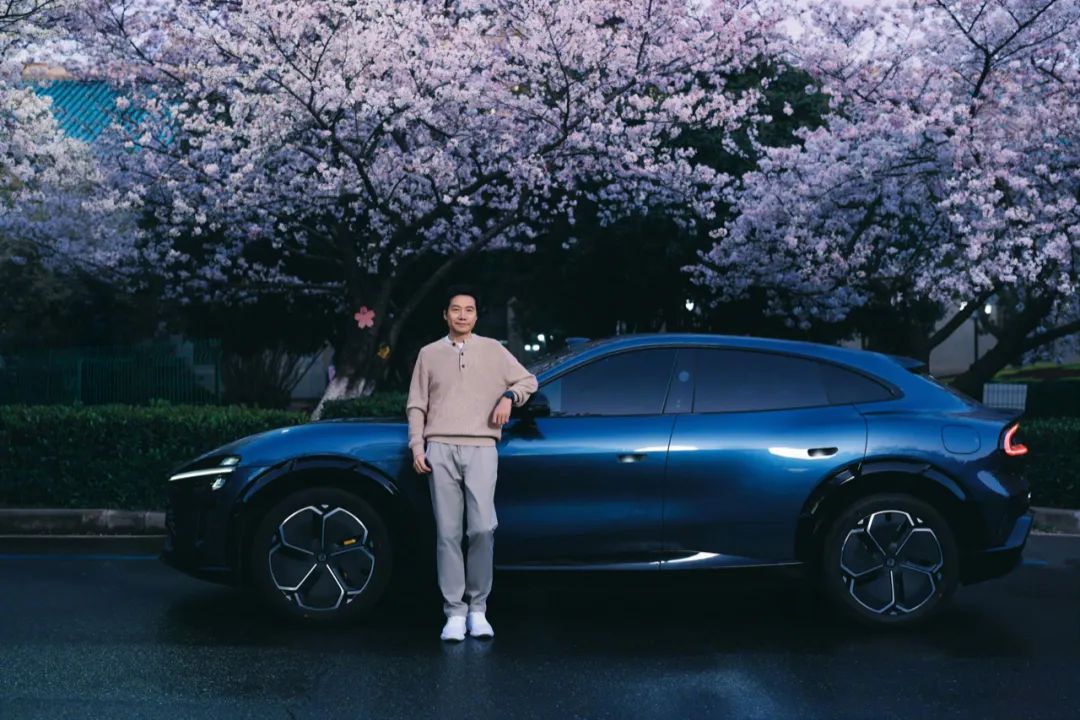
In the eyes of many Xiaomi fans, supporting Xiaomi is akin to supporting Lei Jun, a sentiment akin to cheering for idols, much like Musk's influence in the United States. Admiring Musk can lead to blindly purchasing Tesla. Conversely, when Musk's reputation takes a hit in the U.S., it triggers incidents of Tesla vandalism.
Perhaps Lei Jun does not subscribe to the notion that "Lei Jun equals Xiaomi," but the two have been inextricably linked at various press conferences and marketing events.
Written at the end
Lei Jun's status as an internet pioneer is widely acknowledged. Over the past decade, Xiaomi has introduced numerous cost-effective products, bridging industry information gaps and product disparities. However, in the post-internet era, pursuing the strategy with the highest traffic may backfire. Excessively inflating user expectations in the early stages invariably leads to dissatisfaction later on.
Particularly in the automotive industry, unlike smartphones where pushing the limits might result in issues like overheating or lag, maximizing parameters for cars or electric vehicles could pose safety risks. Radical actions often lead to severe, irreparable consequences.
Mr. Lei might consider adopting a slower, steadier approach.
Reference Materials:
Xiaomi's "darkest moment" has not passed yet – Source: China News Weekly
Xiaomi's "hollow door" issue escalates – Source: SOHU Finance
The worst thing Lei Jun feared has happened – Source: Li Dongyang's WeChat Moments
From "Horsepower Lock" to "Hollow Door" – Source: Power Plant




